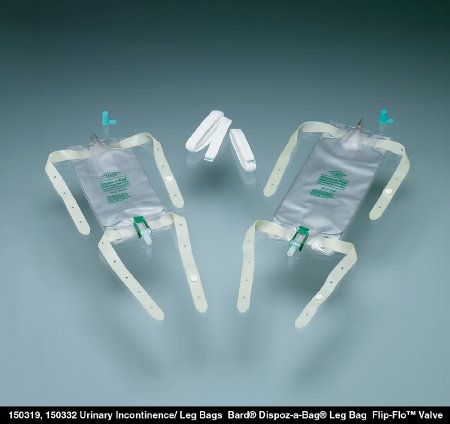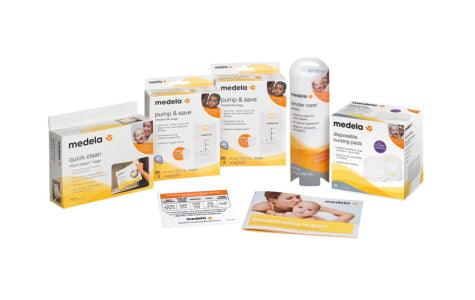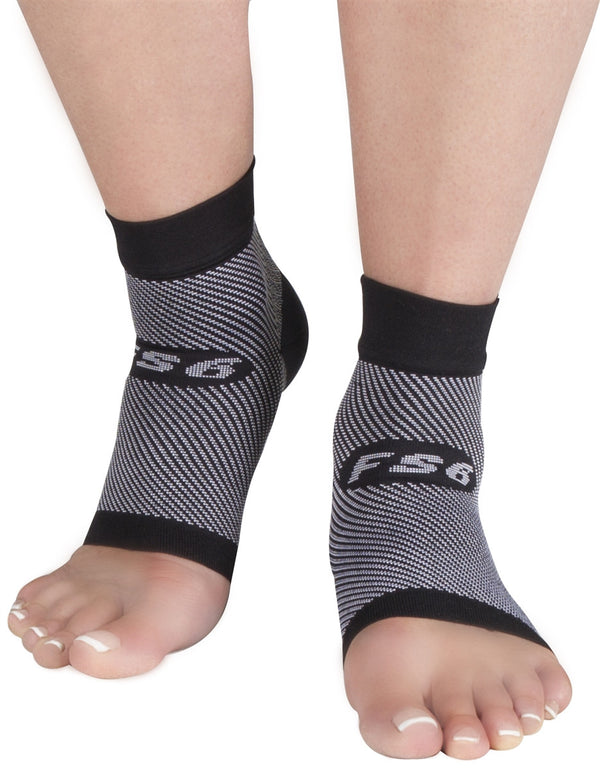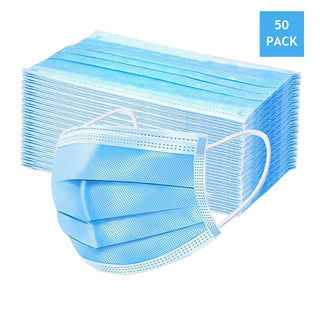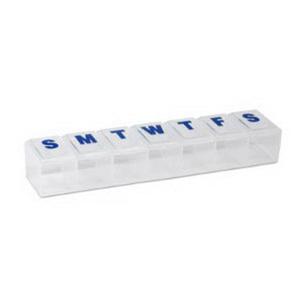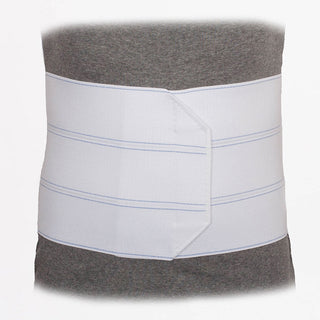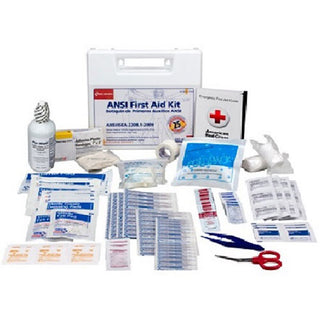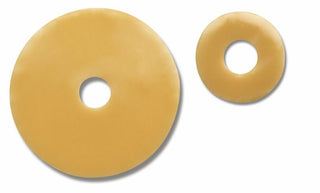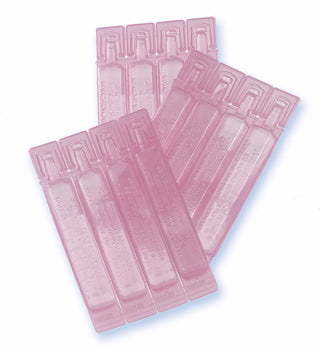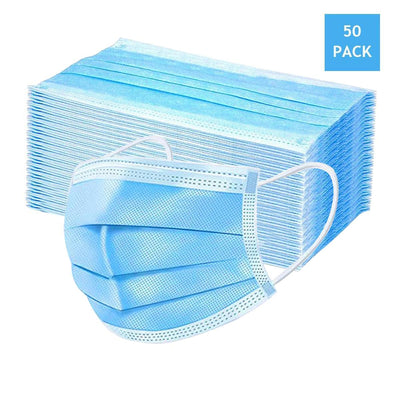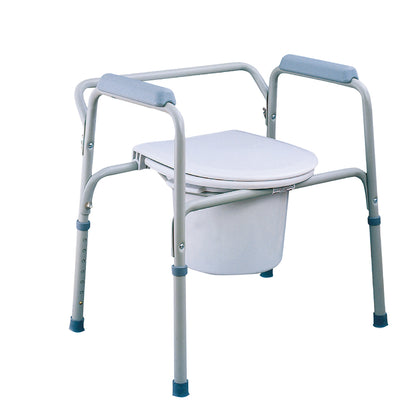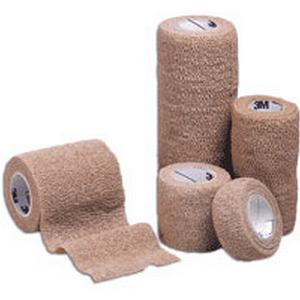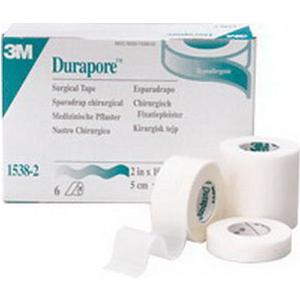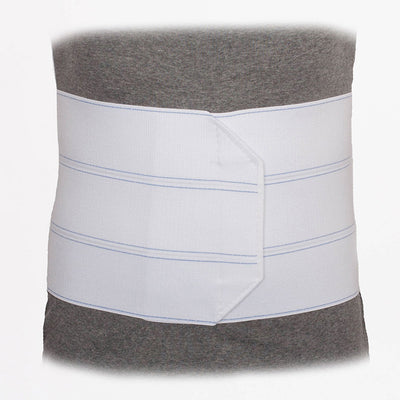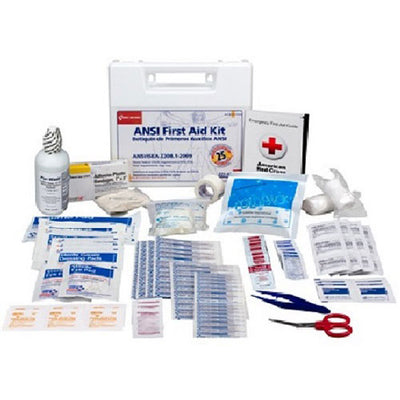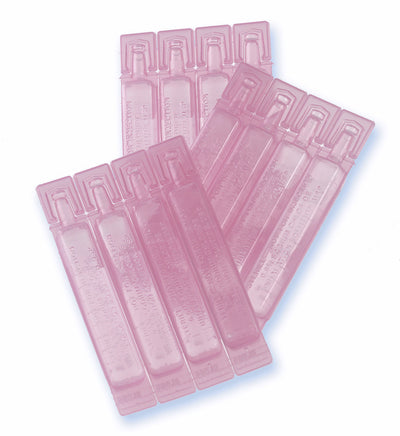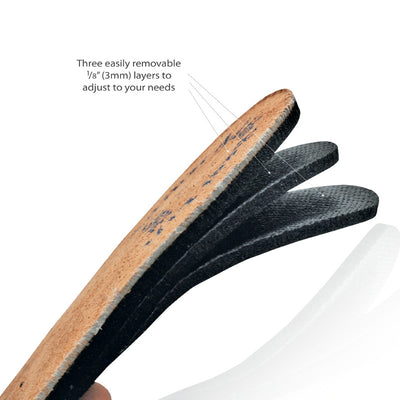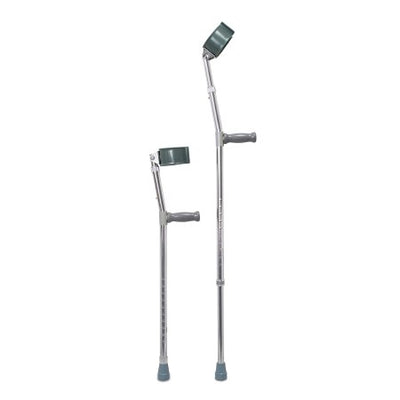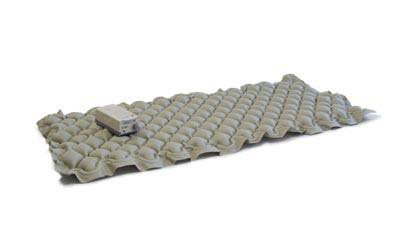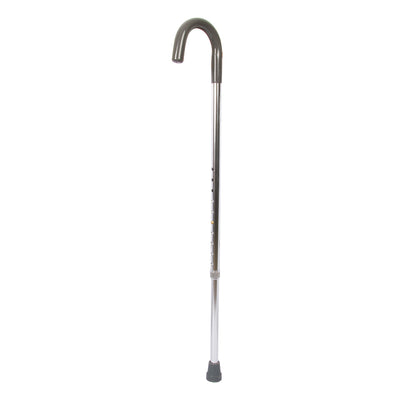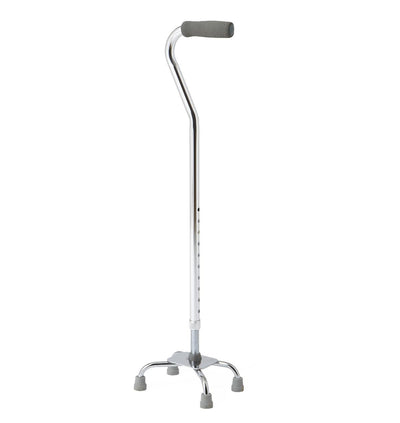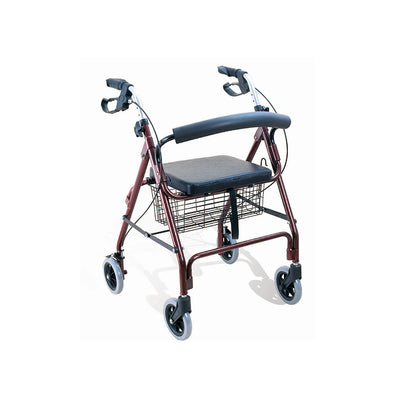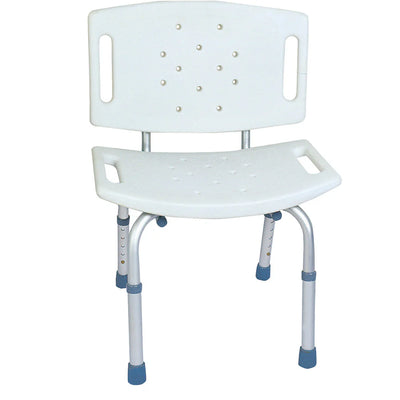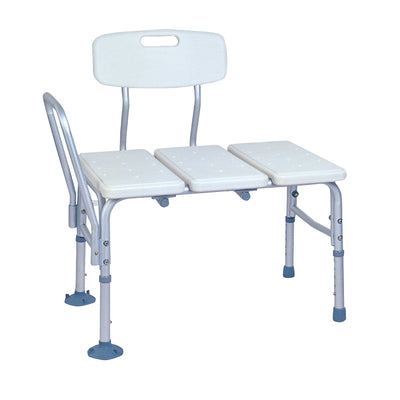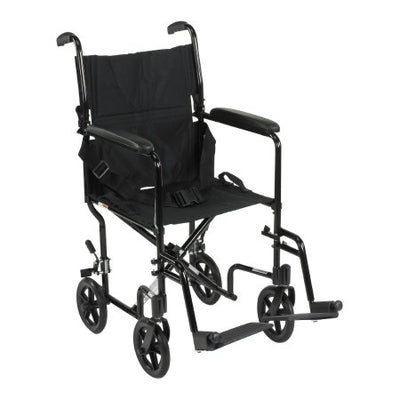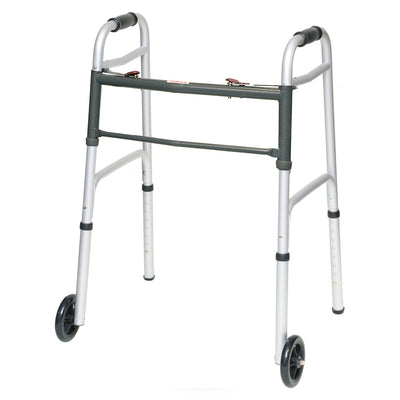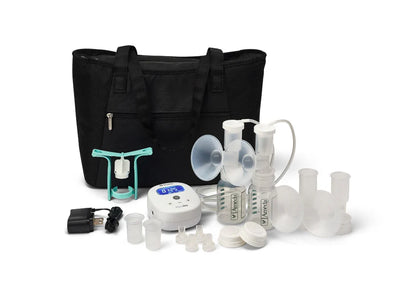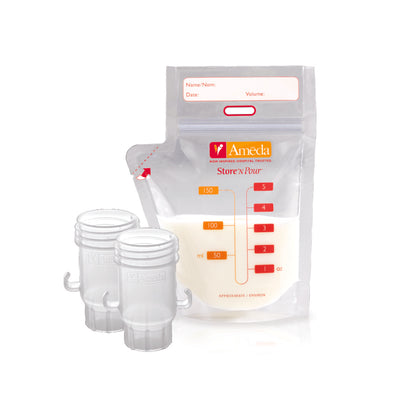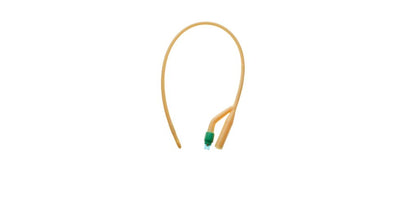
Urinary catheters aren't a new invention by any means; they've been used for more than 3,500 years to drain the bladder when it cannot empty itself. However, as our medical knowledge has grown, the awareness for healthy catheter care habits has grown, too.
Catheter-Associated urinary tract infections (known as CAUTIs) are actually the most common type of healthcare-associated infection; they account for 30% of reported infections by acute care hospitals. In order to stay healthy and free of infection, it's important to know the proper methods for catheter and drainage bag care.
- Wash and dry your area before each catheterization
Use water, a mild soap, and a washcloth to carefully clean your genital area and urinary opening. Rinse and gently dry the area and use a Cath-secure to keep the catheter in place (optional).
2. Never Reuse your intermittent catheter
Intermittent catheters are best used as single use catheters. Washing and reusing them can increase your risk of developing a UTI. Medicare covers up to 200 intermittent catheters a month, that's around 7 times a day. If you have another insurance it is usually around the same amount, but there is some leeway. However, if you need more than the allowable contact us and we will work something out for you. If you have questions or need help in any way contact us, here.
3. Change the drainage bag twice per day
You should change your night bag to your leg bag in the morning after you shower, and you should change your leg back to your night bag before you go to sleep. To change your drainage bag, wash your hands with soap and water and empty the urine from the bag into the toilet. Many urinary drain bags are equipped with side taps for easy one-handed drainage. Fingers should be used to pinch the end of catheter plugs; then, disconnect the bag, and wipe the end of the catheter with a sterile alcohol pad. Finally, wipe the connector on the new bag with a different alcohol pad, connect the new bag to your catheter, and check the tubing for any twists.
4. Know how to properly wear your leg bag and night bag
You should empty your leg bag when it is half-full, which amounts to at least twice per day. Investing in drain bags with slide taps, which allow for easy one-handed drainage, will make the emptying process much simpler. You should wear the leg bag below the knee and keep secure with straps. When wearing a night bag, keep it below the level of your bladder. You can also hang your night bag by hanging it on the outside of a new plastic bag in a waste basket.
5. Clean your drainage bags
You should clean your leg bag every day, and replace it when your doctor instructs you to (typically twice a month or once per week). Wash your hands with soap and water, rinse the equipment in cool or warm water (not hot), and rinse out the bag with mild liquid detergent and/or 1 part vinegar and 3 parts water to reduce odor. Soak the bag for 20 minutes, rinse, and hang up to dry.
6. Other ways to prevent infection
You should keep the catheter secure to your thigh to prevent movement and be careful not to lie on or obstruct the tube from urine movement. When you need to accomplish two tasks at once, having a bag with easy one-handed drainage can be helpful. Always wash your hands before caring for your catheter or drainage bags and drink 1 to 2 glasses of liquid daily (unless told otherwise by your doctor).
Although not all infections can be prevented, these steps will go a long way in keeping your catheter clean. Catheters can drastically improve your quality of life, and keeping free of infections will help even more. Call your doctor immediately if your catheter comes out, if you have a fever, if you see a decrease in urine, or see blood clots in your urine.
If you're in need of catheters or urological supplies of any kind, contact Complete Care Medical today!








